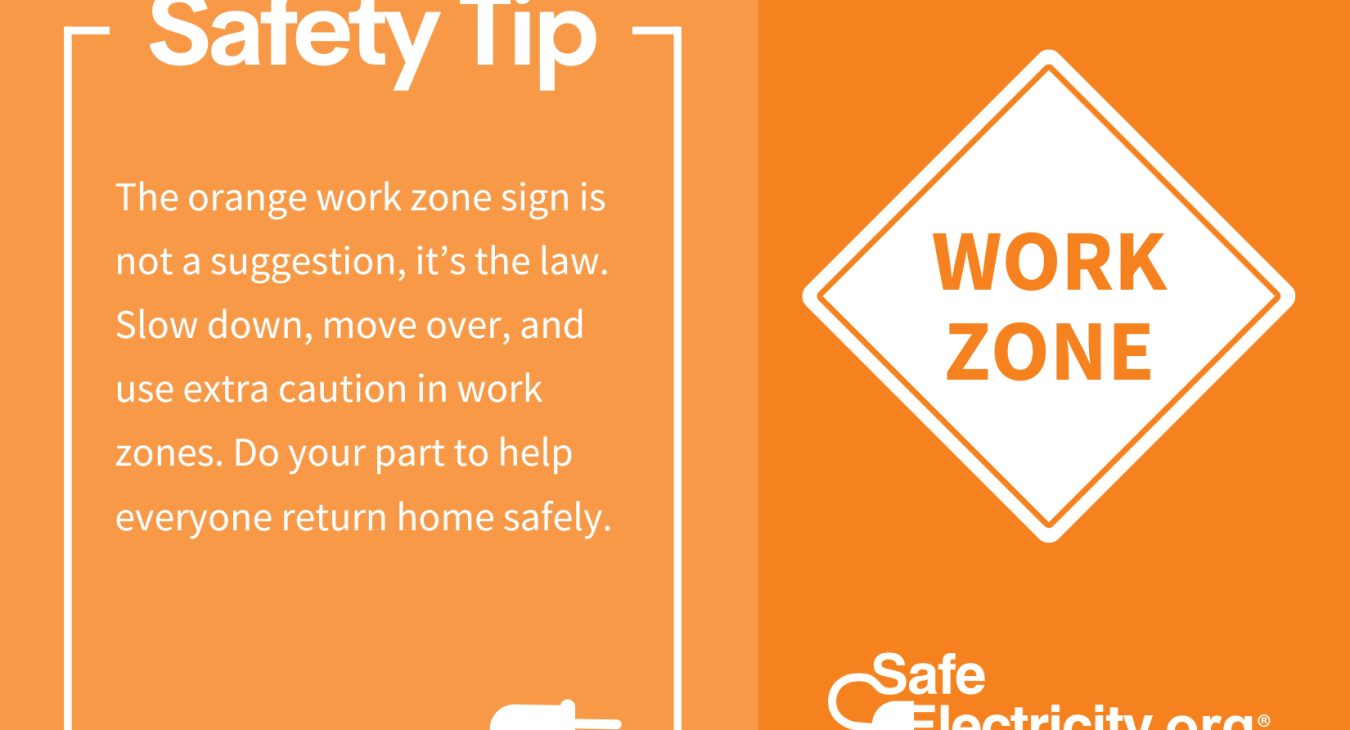Electric utility crews, highway repairmen, and many others who work along roadways are in danger when motorists are unfazed by the orange traffic barrels, flashing arrows, and other signals that try to slow traffic. When traffic warning devices don’t work, someone can be injured or killed.
Cars or trucks that speed through a work zone not only endanger workers on the ground. Driving too fast or too close to a work truck can also put an elevated worker in danger by causing their raised bucket to move or sway.
Streets and highways are lined with power poles and electrical equipment, and narrow roadways often require crews like ours to place their equipment in or near traffic lanes. Be alert to utility and other work zone crews for their safety and yours. Besides our crews, you might encounter road workers, other utility crews, tree trimmers or first responders working in or on the side of the road.
According to the National Work Zone Safety Information Clearinghouse, 774 fatal crashes and 857 deaths occurred in work zone crashes in 2020 (at the writing of this article, data was not available for 2021). Many other work zone crashes result in injuries. In 2020, 102,000 work zone crashes occurred.
To help keep roadside crews safe:
• Keep a safe distance between your vehicle and traffic barriers, trucks, construction equipment and workers.
• Be patient. Traffic delays are sometimes unavoidable, so allow time for unexpected setbacks.
• Obey all signs and road crew flag instructions.
• Merge early and be courteous to other drivers.
• Use your headlights at dusk and during inclement weather.
• Minimize distractions. Avoid activities such as texting, operating a radio, applying makeup or eating.
Remember, slow down when approaching a work zone and move over for first responders and work crews. Do your part to help everyone return home safely at the end of the day.
Drive with caution in work zones

